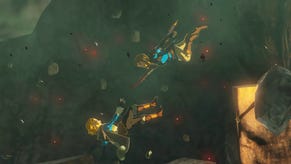Zelda: Tears of the Kingdom review – Nintendo hasn’t blown its Fuse
Building out the world.
The Legend of Zelda: Tears of the Kingdom lets you ride a heavy metal skeleton horse, eat cooked rocks, and stuff fairies in your pockets. And these aren’t even core aspects of the game.
There are so many silly, or cool, or ridiculous nuggets like this tucked away in Side Adventures or thumbed into secluded corners of the vast map. It was during one such side quest – hot on the trail of the aforementioned skeleton horse – that I said to myself: “This would be on the back of the box of most games.”
Tears of the Kingdom is so successful because it marries an impressive sense of scale with a mechanical granularity that means you can always interact with its wide-open sandbox in creative, surprising ways.
This next adventure takes place an unspecified amount of time after the previous game, Breath of the Wild, where Zelda and Link saved Hyrule from Dark Beast Ganon following the Great Calamity, which blighted the world with evil monsters.
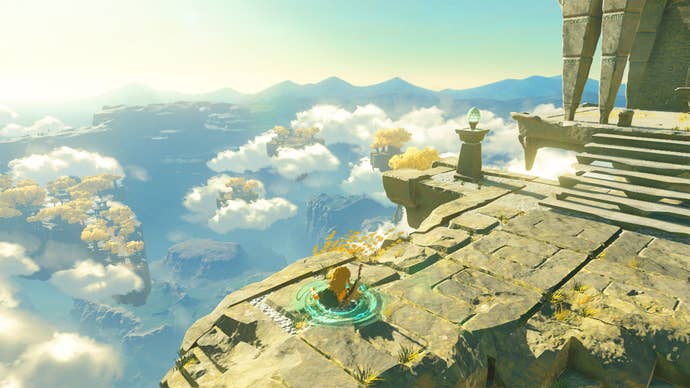
As the titular princess and her legendary protector rebuild in the wake of that destruction, they discover a fresh foe lurking beneath Hyrule Castle, unleashing another world-shattering event known as the Upheaval on the land. Strength-sapping Gloom has spread almost everywhere, causing ecological disasters and social turmoil, with giant glowing chasms opening up to a dark, foreboding subterranean region below.
It’s a suitably epic story with cataclysmic stakes, but also one that can take a back seat as you get lost in the moment-to-moment of whipping up meals and potions, battling Bokoblins and finding out what’s on the other side of the next hill, solving Shrine puzzles and fixing problems in every region across Hyrule’s diverse set of biomes as you go.
The potential for nonlinear discovery of story beats means there’s a slightly strange amount of repetition across main quests, but the masterful, swelling soundtrack in the voiced cutscenes makes for a great atmosphere during these key moments – even if the voice acting itself is pretty hokey.
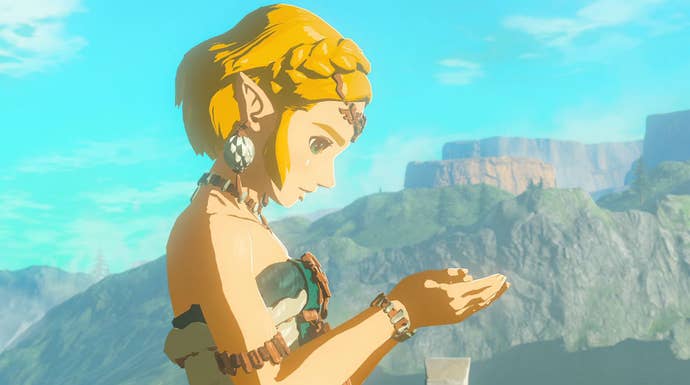
Underpinning everything, the great strength of Tears of the Kingdom is its physics system, which gives an exciting unpredictability to combat, and iterative variety to puzzles.
On the battlefield, the hotly-debated weapon durability mechanic returns, with the Upheaval decaying every weapon in Hyrule to the point where they’re prone to breakage. But, where in Breath of the Wild this led to you hoarding high-power weapons just in case you needed them, weapon collection in Tears of the Kingdom is much more focused on the new Fuse power.
Fuse lets you bind one weapon to another to make a new one, or – even better – combine a weapon with a monster part or item to create something completely different. Fusing a stick with a sword makes… well, a stick with a sword on the end, whereas fusing a sword with an electric chameleon horn creates a lightning-imbued jagged blade.
This means you’re probably drawing from a smaller pool of discrete base weapons, but you can make a lot more variations of them with the tons of different items you can scavenge. The ubiquity of these fusion parts means you’re less precious about actually using the weapons, because you know you can make another without getting a lucky drop.
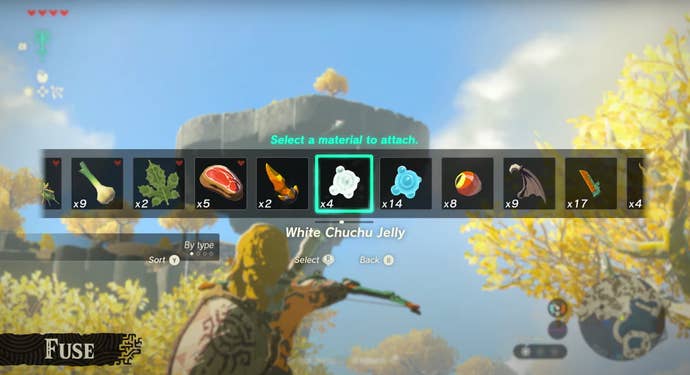
Fuse is an excellent example of intelligently handling criticism. Rather than just bin off the divisive weapon durability, Tears of the Kingdom grounds it more firmly within its storyline and then builds on the mechanic by giving you a reason to be excited when something breaks – now’s your chance to fudge together something even more fun.
And fudging bits-and-pieces together is also how you solve the majority of Tears of the Kingdom’s puzzles, whether that’s manipulating objects into a goal, making a ramshackle bridge, or building a makeshift platform to slide along some rails. Fuse, and it the way it interacts with the pre-existing Zelda sandbox, allows for a wholly new, and very compelling, part of the gameplay loop that Breath of the Wild did not have at all – and a key part of the sequel’s identity.
You attach things together using the Ultrahand power, and overcoming obstacles has that ‘Holy Grail’ feeling like you’re breaking the game whenever you unexpectedly land at the solution.
Ultrahand is also the power you use to throw parts together to make the planes, cars, and other vehicles you might have seen in trailers (but, unfortunately, building wacky race cars figures less in proceedings than I would’ve liked).

The power that streamlines building draws from the same resource you use to upgrade your total battery power, which makes it feel very expensive. But when the opportunity to get creative with vehicles does present itself, it’s great to throw yourself into.
For a while, the biggest question hanging over Tears of the Kingdom has been its performance on the Nintendo Switch, a now six-year-old hybrid console that wasn’t even the most powerful on the market when it launched. But first-party Nintendo exclusives have nearly always wowed with a distinct style that squeezes the most out of the system without aiming for true-to-life graphical fidelity. It’s just recent open-world Pokemon releases that have cast doubt over that, really.
With that in mind, overall performance during my time with the game was good. It’s definitely clunky in places, however, with frequent slowdown and a noticeably short draw distance making far away objects slowly pop into view.
.jpg?width=690&quality=70&format=jpg&auto=webp)
The slowdown felt like a response to the huge number of physics interactions going on at any one time. Particularly big explosions would take a chunk out of the frame rate (as well as anyone or anything unlucky enough to be stood in the blast radius), while one story area with a lot of flowing lava and floaty particles chugged along more than others.
Also, coming over to play this exclusive on Switch makes the loading screens feel quite long and frequent in comparison to newer consoles.
But really, so far, these technical grumbles have been only minor pauses in my time with Tears of the Kingdom – they don’t define it.
.jpg?width=690&quality=70&format=jpg&auto=webp)
Although it takes place on the same map as Breath of the Wild (with a few key changes owing to the time-skip and Upheaval, of course), Tears of the Kingdom feels different enough from its predecessor thanks to the new powers and mechanics to stand all on its own. It’s a massive open world that feels dense and exciting without getting clogged up with icon fatigue, since so much of the play is based around physics interactions with the core mechanics, rather than rigid systems.
Pros
- Massive, interactive open world
- Creative puzzle solving
- Incredible depth
Cons
- Performance hiccups when the going gets tough
- Saturday morning cartoon voice acting/voice direction
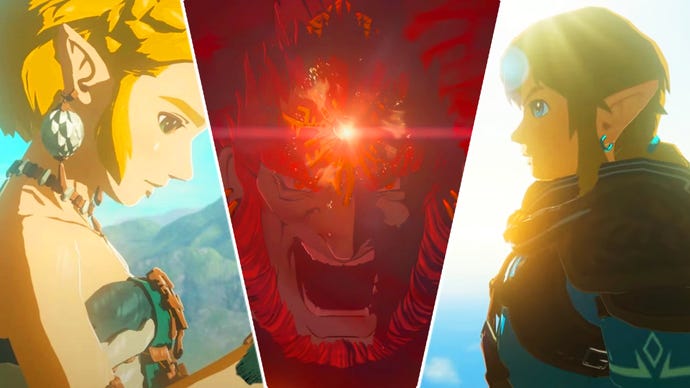



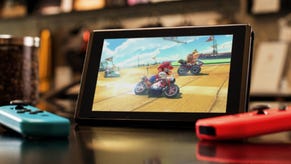


.png?width=291&height=164&fit=crop&quality=80&format=jpg&auto=webp)

